Home > Agronomy Insights 0103
Agronomy Insights
Oilseed rape crop update
This week, your AF Seed team attended a briefing by United Oilseeds and AHDB on re-establishing oilseed rape (OSR) as a key crop in the rotation to help understand the research and practices being undertaken to build confidence in growing oilseed rape.
Market update
United Oilseeds gave a market update on OSR, both globally and closer to home. The key points were:
- Home market rapeseed demand remains good
- EU rapeseed production should be up next harvest
- Biodiesel is still an important market
- Canola firm on reduced availability
- Rebound in demand post Coronavirus
Varietal update
We were also given a varietal update by AHDB. They summarised several proposed changes to the Recommended List including:
- Differences between hybrid and conventional varieties are getting larger, and both having places within the oilseed rape market, with 30-40% of OSR drilled this season still being conventional varieties. The RL will be changed next season where conventional varieties will only be compared with one another to give me a more accurate overview.
- AHDB are also now working on Autumn Vigour ratings for the RL. They are finding challenges in how to accurately measure these, and are still awaiting trial results, however it is something they would like to include in the future.
Nitrogen usage
We had a topical and interesting discussion on oilseed rape. This focussed on the impacts reducing your nitrogen input may have and how best to manage these. Key areas to focus on are:
- Calculate the break-even ratio for each crop and adjust nitrogen rate accordingly
- Yield reduction from lower N may not be as big as often perceived
- Growers need to be aware that the cost of getting the nitrogen rate wrong is more when using lower nitrogen rates
- Estimate SNS as carefully as possible
- Use crop sensing tools in conjunction with visual observations to fine tune nitrogen rates during season
- Use a range of tools to assess whether past N rates were right
- Grain analysis
- Experiment on-farm
- Consider nitrogen timings carefully. If needed, delay first application in large forward crops
- Assess GAI using apps and crop fresh weight
- Maintain S, P and K application levels
Cabbage Stem Flea Beetle
Finally, the most prominent problem surrounding OSR, Cabbage Stem Flea Beetle, was addressed. Various cultural controls were summarised and their efficacy compared:
- Sowing date is still the key factor in CSFB control either going early to avoid adult damage or later to avoid larvae damage. Control can then be built around this.
- Avoid crops emerging during peak migration period at beginning of September
- Drilling into good soil conditions is still key
- Companion cropping is a good option for targeting adult larvae, however careful consideration needs to be taken with sowing dates
- Best mid-Aug to mid-Sept so can establish for around one week before drilling OSR
- Variety differences
- Resistant breeding lines with reduced palatability are being researched but it will be some time before this is commercially viable. There is limited evidence on effectiveness of this but there is still a lot of work to do here.
- Varietal differences such as autumn and spring vigour could be of value
- Other areas being researched are stubble and straw management, applying organic amendments and defoliation, but there is not enough data to understand their full impact yet
- It is key that these measures are stacked and we start to tackle the problem like we have done with blackgrass. It is unlikely these are effective on their own so stack to improve reliability and overall control.
To discuss your OSR requirements and strategy, call your AF Seed team on 01603 881906.



